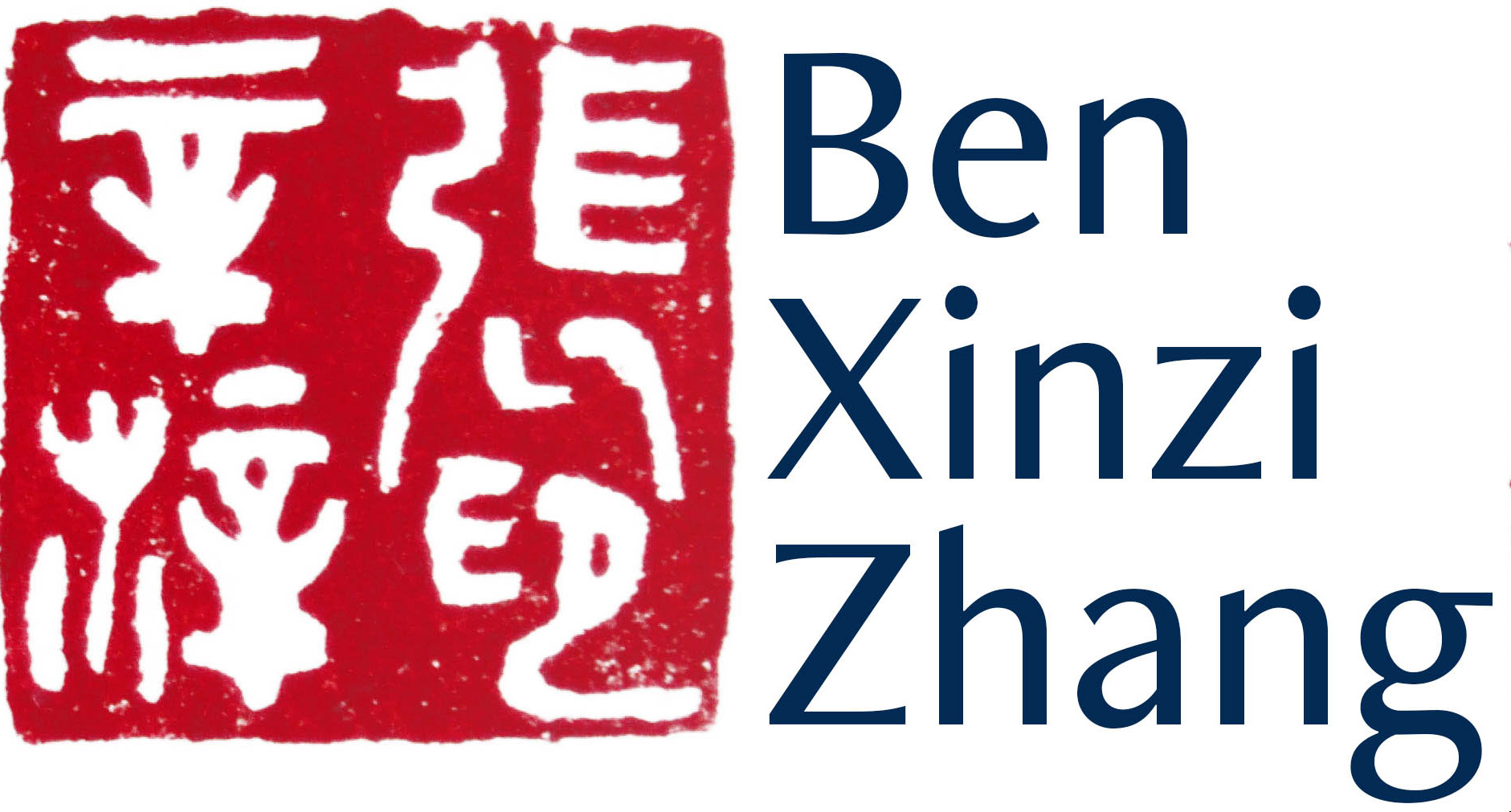As a PhD student working at a research university, I often find myself in situations where I feel either obliged or compelled to talk about science: other people’s science as well as my own, discoveries from the distant past and those in the news today. Unfailingly, my inner science teacher springs to life, only to learn that another person’s desire to learn tidbits of science from me does not grant me a license to teach them. Many associate teaching with traditional classroom settings and, beyond a certain age, become annoyed or even repulsed when they encounter unsolicited teachy behavior in a regular conversation.
Even in an academic context, practicing scientists do not want to appear to be teaching anyone except their students. Research Q&A sessions and laboratory dialogues, for example, about how to fix a piece of equipment, are conducted with a professional avoidance of teachy faux pas. Few are brave enough to proclaim to their colleague, “why don’t you read through X and let me know tomorrow if you have any questions” or “let’s all imagine if all of us here were gaseous particles hurtling about in a balloon.” No, the professor would rather insert the formulaic witty comment: “I will not bore you with the basics which you all learned in X grade.”
Meanwhile, teaching science literacy, a decades-long mission of K-12 science teachers nationwide, is today echoed by urgent outcries from academics and policymakers. Public consensus on critical global issues, from climate change to public health, hinges on every citizen’s scientific knowledge and capacity in critical thinking.
Education is a proven way to impart literacy, be it the regular kind or the science-flavored, for children and adults alike. Unlike piecemeal distribution and consumption of information, any decent education is systematic, interactive, gradational, longitudinal, universal, and outcome-driven. These crucial characteristics set apart education from other forms of communication. I would further argue that, while they are typically developed for youthful minds in an organized setting, educational strategies can also be effectively used outside the classroom, as long as they are skillfully deployed. I believe the goal of science education should be to produce and sustain life-long learners in all walks of life who engage critically with new ideas of science and technology—that's how literacy is supposed to work!
When I imagine a world where science education is equitable and effective, I see science classrooms, from K-12 to PhD programs, successfully instill ways of thinking rather than fear and dismay. Science writing encountered in public and economic life is no longer inscrutable or misleading. Complex ideas, complete with error bars and limitations, can be transparently discussed and understood by most through the conduit of science journalism. But to get there, we need a renewed, redoubled effort to boost science literacy in today’s world. That means teaching scientists how to teach, and preparing all students interested or excelling in science to be teachers in some capacity. That also means disseminating a practical set of educational strategies to all hubs and channels through which the public interface with science. However, it is no easy task to carry the shunned teachy voice outside the classroom and turn it into widely practiced and acceptable communication strategies.
I hope the path of service and innovation that I started as a graduate student will continue on and eventually contribute to the intellectual quest of uplifting science education as a public endeavor. Over the past four years, I have been fortunately enough to work with not just my research advisor, but also thoughtful and talented communicators within my own department—teaching faculty, fellow students and colleagues—as well as at a community college, a science newsletter, and Princeton’s excellent writing program. As I explored and innovated my way through teaching, mentoring, and curriculum design, I started to dissect the teachy voice and break down classroom techniques in search of educational strategies that can be effectively transformed and applied to all settings of science communication. In the meantime, drawing from research presentation, science newsletter writing, even oral history training, I constantly shuttled new communication strategies into the classroom and built up my teaching toolkit.
The result is a science education strategy board that maps best practices that I encountered or imagined onto settings spanning active to passive engagement, and organized according to three core pedagogical principles: convey scientific process (educator-driven), build towards intuition (learner- and educator-driven), and exercise for clarity (learner-driven).
This strategy board is intended to be a work in progress, an evolving framework that helps me, and possibly others, mentally connect actions we can take to advance science education and communication in a wide variety of settings. It is also a rudimentary attempt at a professional development syllabus for colleagues in science education, as well as for all aspiring teachers—a baby step towards my selfish dream of teaching everybody how to teach a little, brazenly, in whatever they do and whenever they can.
